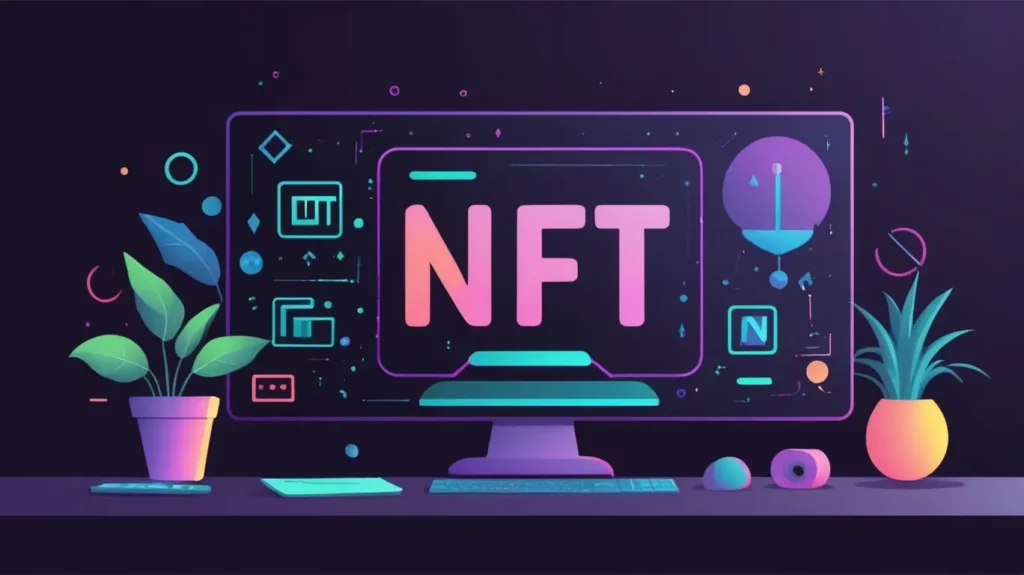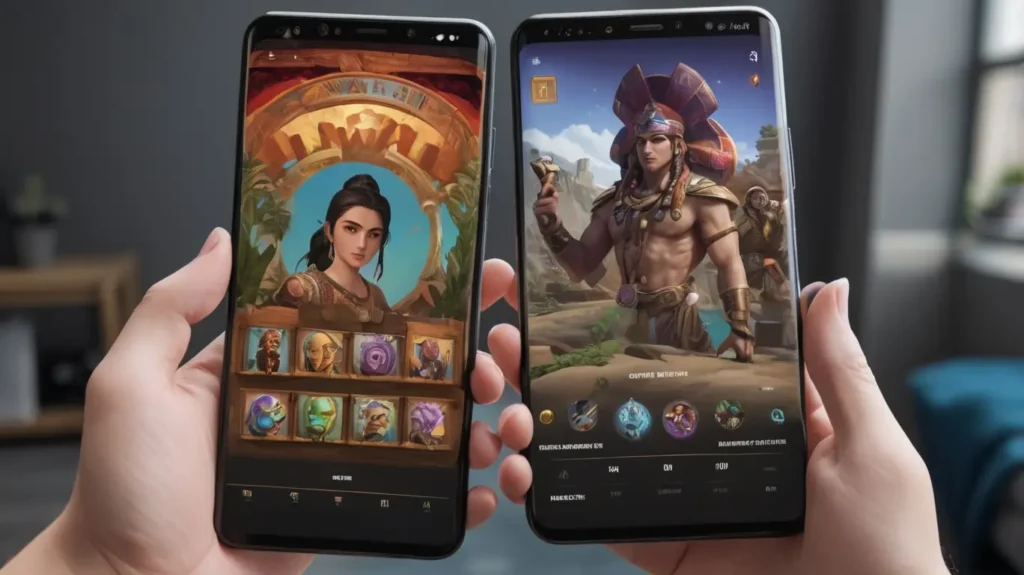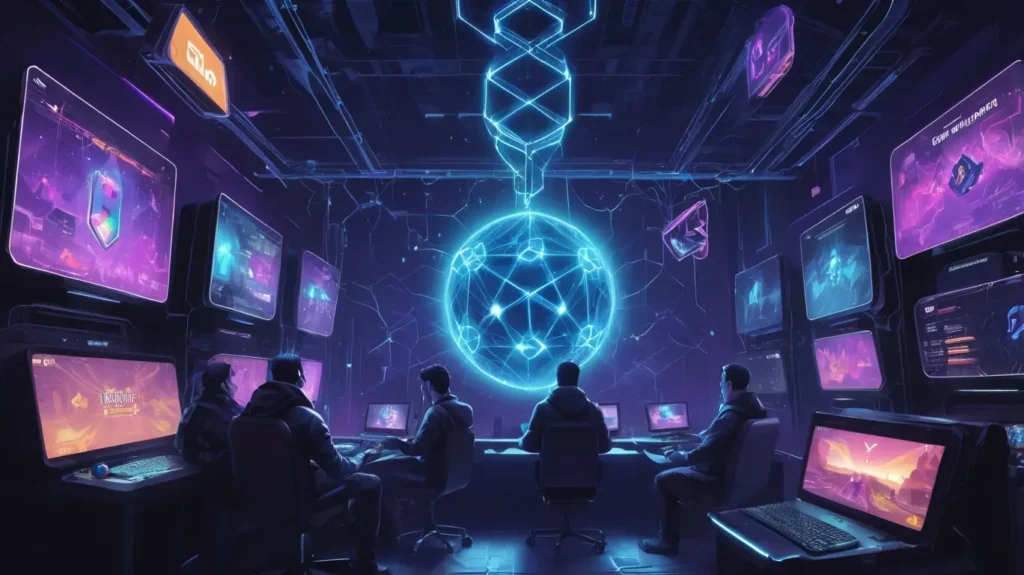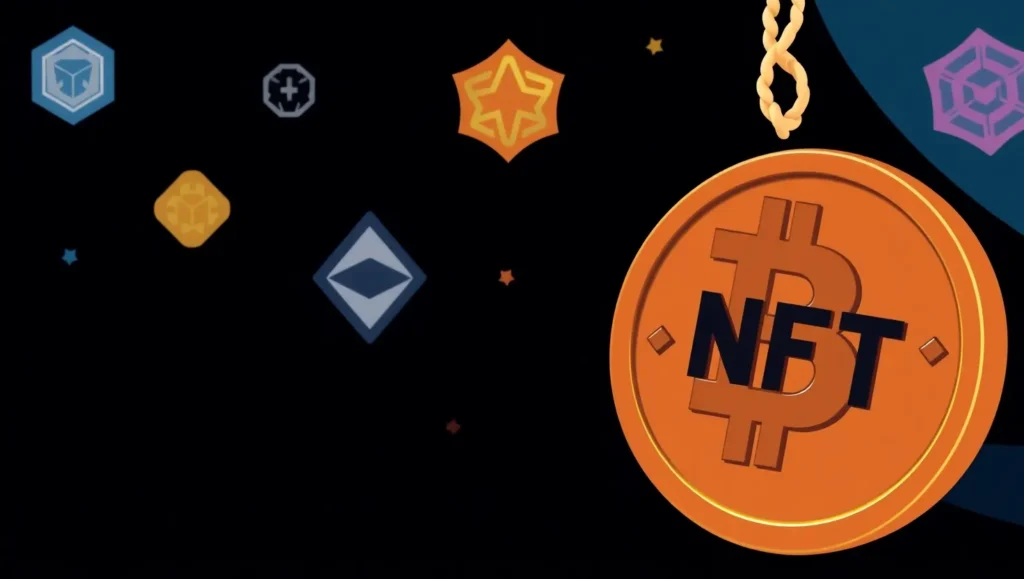What is Generative Art?
Generative art is an artistic practice where artists create works using autonomous systems that follow a set of rules or algorithms. Unlike traditional art forms, where the artist manually crafts each detail, generative art relies on computational processes to generate images, sounds, and experiences. It’s like setting a beast free within the confines of a maze the artist defines the boundaries, but the creature charts its own path.
Historical Context and Evolution
To truly appreciate generative art, we must journey back to its roots. The seeds of generative thinking can be traced to Islamic art, where geometric precision met creative inspiration. Fast forward to the 20th century, artists like Max Bense began using algorithms to craft abstract compositions, sowing the seeds for the algorithm-driven art we see today. As technology has advanced, so too has the complexity and scope of generative art, transforming it into a vibrant and ever-evolving field.
Key Components of Generative Art
1. Algorithms and Autonomous Systems
Central to generative art are algorithms and autonomous systems. These computational instructions simulate creativity, producing works that can surprise even their creators. Algorithms can be deterministic, creating predictable outcomes, or stochastic, introducing elements of randomness and chaos to surprise and amaze us. This blend of order and chaos reflects the unpredictable beauty of the natural world.
2. Parameters, Rules, and Code
When crafting a piece, artists define parameters and rules, essentially scripting a play for the computer to perform. This code dictates how the art evolves, allowing for infinite variations. It’s like giving an orchestra a score full of improvisational cues a starting point, but the journey is unique every time regarding the answer to what is generative art.
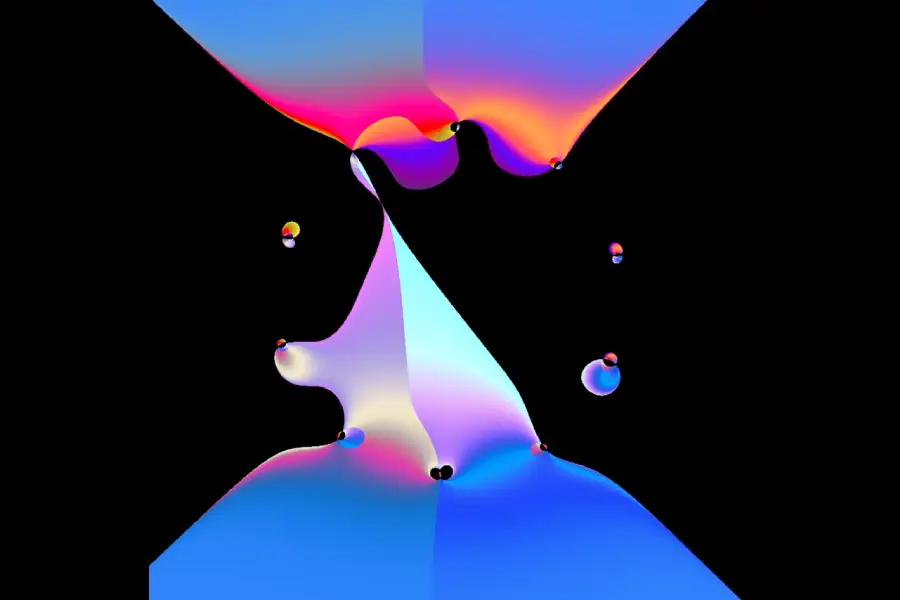
Techniques and Tools
3. Algorithmic Approaches
– Fractals: These complex structures spring from simple equations, revealing infinite layers of detail. Mandelbrot and Julia set invite us on journeys through intricate landscapes that mimic the intricacies of nature.
– Cellular Automata: Inspired by John von Neumann, these are grid-based systems where local interactions between elements lead to emergent complexity. The most famous, Conway’s Game of Life, shows how simple rules can spark life-like behavior.
– Genetic Algorithms: Mimicking natural selection, these algorithms create variations and “breed” them, selecting the best traits over generations to evolve aesthetically pleasing outcomes.
4. Software and Programming Languages
– p5.js and Processing: These languages invite artists to code visually, fostering works that respond to interaction and input. Their user-friendly nature democratizes generative art, making sophisticated algorithms accessible to artists of all skill levels.
– Python Libraries: Libraries like TensorFlow and PyTorch empower creators to integrate sophisticated machine learning techniques, blurring the lines between art and science.
Applications and Examples
Visual Arts: Breathing Life into Pixels
Digital Paintings: Living Tapestries
Generative algorithms in visual arts have revolutionized the way digital paintings are created, producing compositions that are as dynamic and intricate as living organisms. These digital masterpieces unfold layer by layer, revealing patterns and colors that shift and evolve. Artists use code as their brush, allowing predefined rules to dictate the art’s development while still retaining the element of surprise. What is generative art? This process transforms the act of viewing into an ongoing dialogue, where each glance offers a new perspective.
One notable example is the work of artists using software like Processing to craft pieces that organically grow on screen. They often incorporate elements such as procedural textures and simulated natural environments, creating ecosystems where the visual narrative changes with each iteration. These digital paintings challenge traditional notions of art, inviting us to reconsider static images and instead delight in the continuous evolution of form and color.
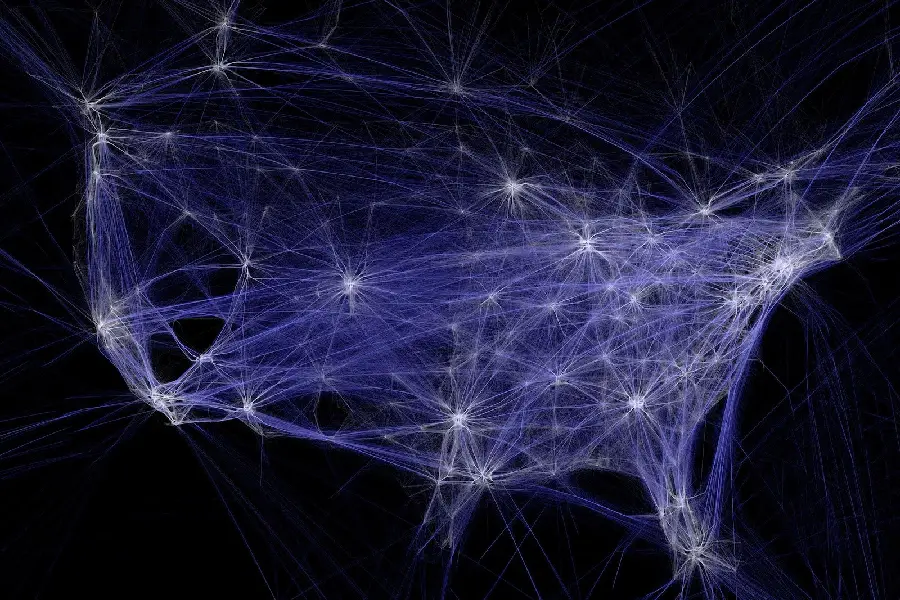
Interactive Installations: Symbiosis in Art
Interactive installations bring viewers directly into the creative process, crafting a dance of movement and interaction between observer and artwork. These installations rely heavily on sensors and algorithms to interpret audience behavior. Imagine stepping into a room where your movements cast ripples across a digital pond projected onto the floor, or where your voice alters the color and intensity of surrounding digital murals. This is art that listens, responds, and transforms.
An inspiring example is Rafael Lozano-Hemmer’s “Pulse Room,” where heartbeat sensors allow visitors’ pulses to influence flickering lights, creating a visual and auditory pulse orchestra that reflects the rhythm of life. Such installations make art a shared experience, deeply personal and universal at once, merging viewer and creator in a continuous cycle of influence and expression.
Music and Sound: Harmonizing Algorithms with Emotion
Algorithmic Composition: Ever-Changing Soundscapes
In the realm of music and exploring all kinds of generative art while answering the question of What is generative art, generative techniques have opened the floodgates to new auditory landscapes where compositions are both structured and fluid. Composers utilize algorithms to craft pieces that adapt and grow with each performance, making every listening experience unique. These techniques often rely on parameter-driven processes where variables such as tempo, pitch, and motifs evolve according to rules set by the composer.
Brian Eno, a pioneer in this field, has famously used generative music to create ambient soundscapes that change subtly over time, ensuring that every listener experiences something slightly different. His album “Music for Airports” set the precedent for creating a backdrop of sound that adapts rather than repeats, providing endless variations that continuously reshape the overall experience.
Architecture and Design: Blueprinting the Future
Parametric Design: Adapting Form to Function
In architecture, parametric design leverages algorithms to create buildings that are responsive and adaptable, pushing the boundaries of traditional architectural design. This approach allows architects to develop structures where the form is intrinsically linked to function, guided by parameters such as environmental conditions, material properties, and structural efficiency. These parameters dictate the shape and behavior of a building, enabling the creation of structures that can evolve in response to external stimuli.
Foster + Partners’ design of the Hearst Tower in New York City exemplifies parametric design principles. The tower’s diagrid structure reduces materials while maximizing strength and sustainability, adapting its construction to both aesthetic and functional demands. In another instance, the Eden Project in Cornwall features biomimetic domes whose shapes maximize light and maintain internal climates suitable for diverse plant life.
Parametric design encourages architects to embrace sustainability and innovation, using complex calculations to inform beautifully efficient designs that could only be imagined in the digital age.
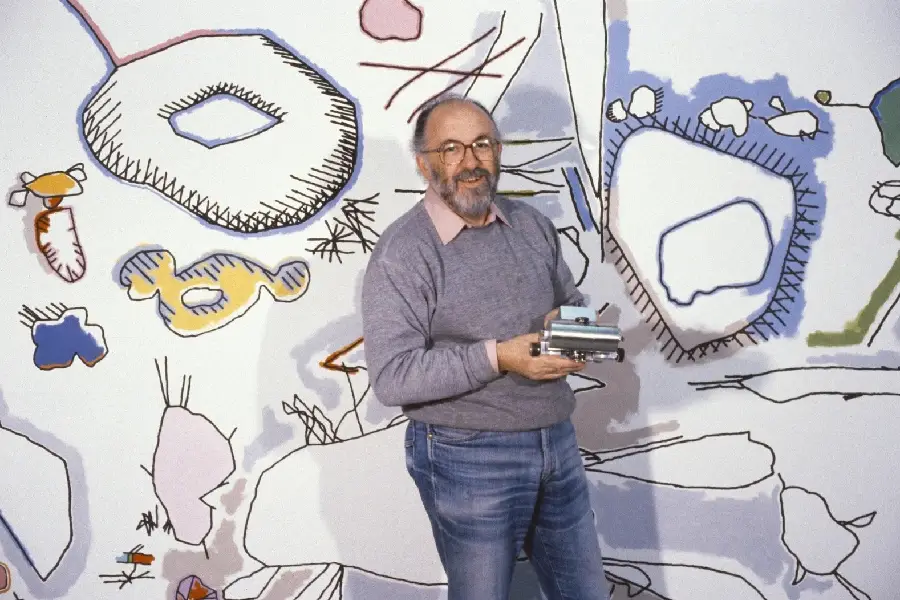
Notable Artists and Works
Harold Cohen and AARON
AARON, one of the earliest art-generating programs, instigated debates about machine creativity versus human artistry. Harold Cohen used it to prove that machines could be creative partners, not just tools.
Vera Molnár and Manfred Mohr
Pioneers like Molnár and Mohr explored early computer graphics, crafting works that elegantly marry algorithmic precision with aesthetic sensitivity.
Contemporary Practitioners
In the ever-evolving landscape of what is generative art, contemporary practitioners are at the forefront of innovation, using cutting-edge technology to redefine artistic expression. These artists integrate artificial intelligence (AI) and digital media to push the proverbial canvas’s boundaries, creating works that challenge traditional notions of art and creativity.
One notable figure in this movement is Refik Anadol, whose immersive installations use AI to transform data into visually stunning experiences. Anadol’s pieces often explore the intersection of architecture, media, and digital art, turning real-time data streams into monumental visual displays. By harnessing vast datasets, such as weather information or social media trends, he creates dynamic works that reflect the changing world around us.
Another pioneering artist is Sougwen Chung, known for her collaborative works with machines. Chung’s practice blurs the line between human and machine creativity, using robotic arms to co-draw with her. This collaboration questions the boundaries between human art and the algorithm’s potential, offering a glimpse into future creative possibilities.

Generative Art in the Digital Age
Impact of Artificial Intelligence
AI technology, particularly Generative Adversarial Networks (GANs), has ushered in a new era of artistic exploration and creation. GANs consist of two neural networks a generator and a discriminator working in tandem to produce images that can be startlingly realistic or fantastically abstract. This process involves the generator creating new images, while the discriminator evaluates them against real-world data, iteratively refining the output to achieve striking results.
A prime example is the work of Mario Klingemann, a pioneer in using GANs for art. His AI-generated pieces often explore the uncanny and surreal, challenging viewers’ perceptions of reality. The intricate balance between randomness and control found in GAN-generated art reflects the broader dialogue about the role of AI in creative fields.
Integration with NFTs and Blockchain
The advent of Non-Fungible Tokens (NFTs) has revolutionized how digital art is sold, owned, and appreciated, bringing provenance and legitimacy to the digital art world and adding new concepts to the knowledge of what is generative art. NFTs allow artists to tokenize their works on a blockchain, creating a unique signature that verifies authenticity and ownership. This technology has opened new opportunities for generative artists to market and monetize their creations, elevating the status of digital art in the global market.
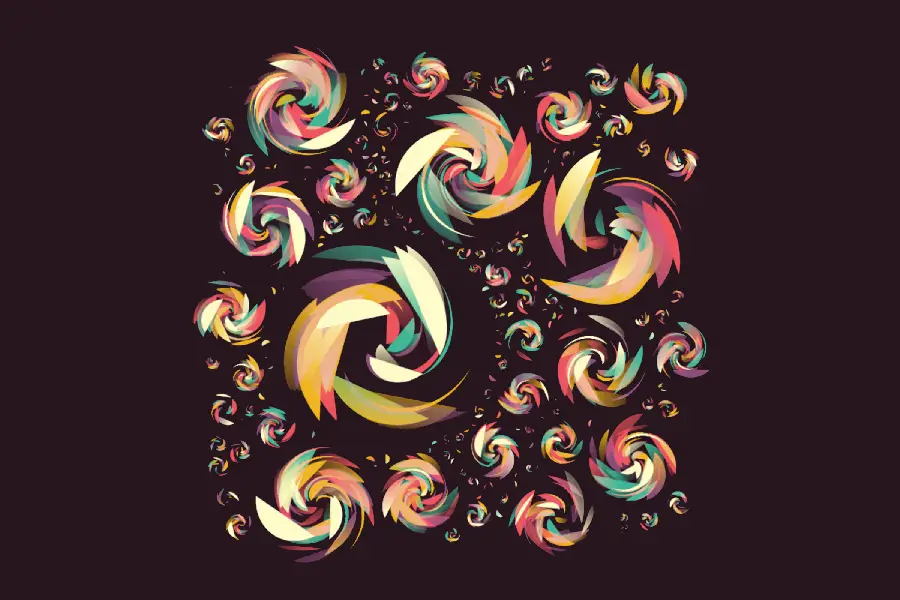
Generative artists such as Pak and Beeple have leveraged NFTs to gain widespread recognition. Beeple’s record-breaking sale of the NFT artwork “Everyday: The First 5000 Days” highlighted the potential of this new medium to change the art market’s dynamics fundamentally. For generative artists, NFTs offer a platform that acknowledges and secures their innovative work, fostering a new era of digital art collecting and appreciation.
Challenges and Ethical Considerations
Authorship and Creativity
The rise of generative art and AI-driven creativity brings complex questions about authorship and the nature of creativity itself. When algorithms generate art based on parameters set by humans, who is the true author the software that created the work, the artist who set the parameters, or the team that developed the algorithm? These questions provoke debates about intellectual property rights and ethical considerations in the art world.
Artists and critics alike grapple with the implications of machine-aided creativity, where computers play a significant role in the artistic process. This challenge requires reevaluating traditional notions of creativity and originality, pushing the art community to consider how these concepts align in a world where machines augment or even originate creative ideas.
Overall, the intersection of generative art, AI, and digital ownership continues to challenge and inspire, setting the stage for unprecedented innovation and dialogue in the creative landscape of What is generative art. As technology evolves, both the opportunities and debates it fosters will invariably shape the future of art.
Challenges and Ethical Considerations
Intellectual Property Issues
The realm of generative art raises intricate intellectual property (IP) questions, particularly concerning ownership and rights attribution. In traditional art, the creator holds the copyright, but when art is produced by algorithms, determining who holds these rights becomes complex. The following entities could potentially claim ownership:
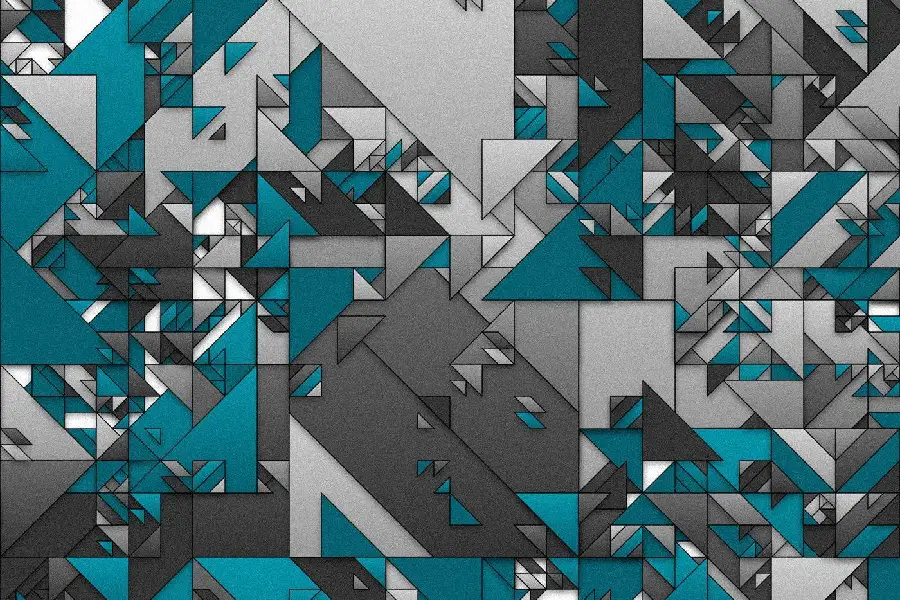
- The Programmer: Those who write the algorithms might argue that, as creators of the tool that generates the art, they should retain ownership rights. This perspective aligns with traditional IP frameworks where creators retain rights to their innovations.
- The User: Individuals who use the algorithm to produce specific artworks might claim rights based on their role as the immediate author of the final work, choosing parameters and contexts in which the algorithm operates.
- The Machine: Although not feasible under current legal frameworks, this perspective prompts philosophical questions about the potential for machines to hold rights in the future, especially as AI continues to advance.
Legal systems currently lack a standardized approach to these issues, leading to varied interpretations and ongoing debates within legal and creative communities. Some propose a hybrid model where rights are shared or negotiated among all parties involved, while others suggest modifications to existing copyright laws to better accommodate AI-generated works.
Bias and Representation in Algorithms
Bias in algorithms is an area of growing concern, particularly when these biases intersect with art, influencing the representation and portrayal of different groups. Talking about What is generative art, biases can emerge from the data sets used to train algorithms as well as the assumptions and decisions made during coding. These biases might inadvertently perpetuate stereotypes or exclude certain groups, leading to art that does not fairly or inclusively represent the diversity of human experience.
- Data Set Bias: If an algorithm is trained on data that lacks diversity, the resulting artwork may reflect these limitations, failing to capture the richness of different cultures or perspectives. This bias can manifest in visual features, themes, or narratives that skew towards what the data represents.
- Cultural Sensitivity and Ethical Design: Artists and programmers are increasingly called upon to be vigilant about their choices in data selection and algorithm design. By ensuring diverse and representative data sets, developers can mitigate bias and promote fairness in their generative works.
- Inclusive Algorithms: Efforts to develop algorithms that are culturally sensitive and inclusive are critical. This involves intentional design choices, such as including diverse input data and testing for unintended biases, to create a more equitable artistic landscape.
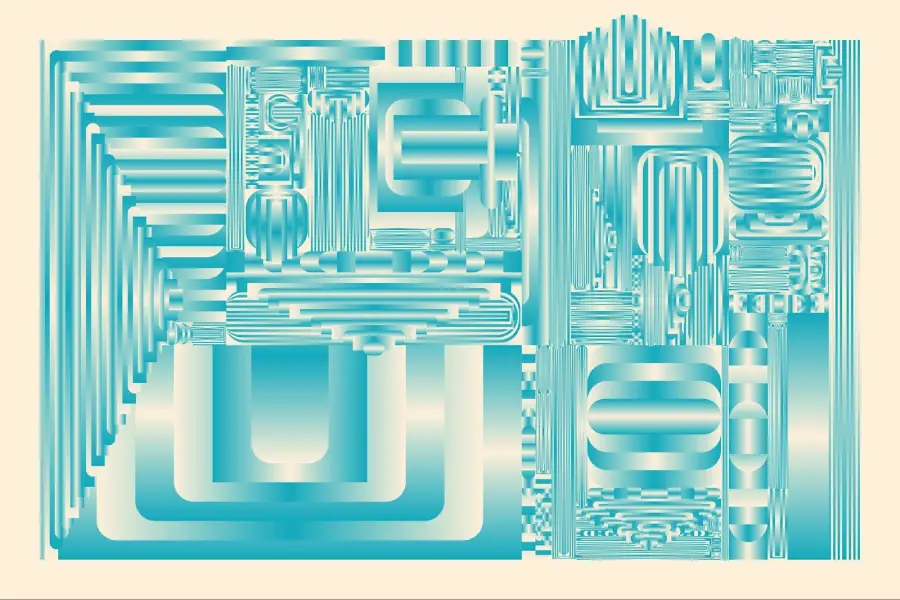
The challenge for generative artists and developers is to remain aware of these potential biases and continuously strive for fairness and inclusivity. Ethical guidelines and frameworks can aid in addressing these challenges, prompting a more conscientious approach to algorithmic art creation. The conversation around bias and representation not only highlights areas for improvement but also encourages collaboration between technologists, artists, and ethicists to foster a more inclusive digital art arena.
We find ourselves at a crossroads where art and technology unite, offering limitless creative landscapes. As we venture forward, generative art promises to continue sparking dialogue, inspiring wonder, and challenging our understanding of creativity.
To Wrap Up
Wrapping up on what is generative art, in the rapidly evolving digital age, generative art stands at the fascinating intersection of technology and creativity, redefining our perceptions of artistic expression. This dynamic form of art harnesses the power of algorithms and autonomous systems, allowing artists to shape and explore environments where the art itself can evolve beyond initial expectations. By delving into the components and techniques that define generative art, we uncover a world that challenges traditional boundaries, offering infinite possibilities through innovative tools like p5.js and machine learning libraries.
As we stand at this creative frontier, generative art continues to ignite inspiration and provoke thoughtful discourse, inviting us all to ponder the limitless landscapes it reveals and the narratives it creates. In embracing these cutting-edge practices, we not only expand our understanding of what art can be but also embark on a journey that celebrates the unbounded potential of human ingenuity and technological innovation.
1. What is the main difference between generative art and traditional art forms?
Generative art relies on algorithms and computational processes rather than direct manual input, allowing for the creation of dynamic and variable artworks, unlike traditional static pieces created by hand.
2. How do artists ensure originality in generative art when algorithms can replicate processes?
Artists achieve originality by customizing algorithms and parameters, ensuring that each generative piece is uniquely reflective of their vision and style.
3. Can generative art be displayed in traditional art venues such as galleries?
Yes, many galleries now incorporate digital installations and interactive pieces, offering experiences that bridge technology and traditional artistry.
